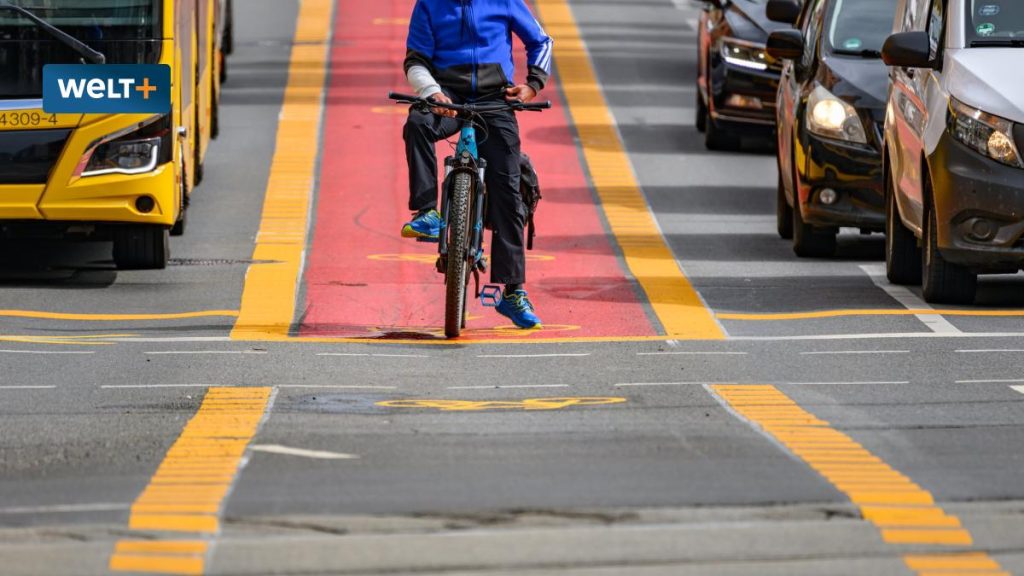In Dresden, cyclists have long faced a lack of infrastructure, making it difficult and dangerous to navigate the city streets. Recently, an experiment was conducted on the Blaues Wunder bridge where a car lane was replaced with a bicycle lane. However, after just one week, the experiment was halted due to overwhelming backlash from drivers who were angry at the change. This move highlights the ongoing tension between cyclists and motorists in the city.
The decision to convert a car lane into a bicycle lane on the Blaues Wunder bridge was meant to improve safety for cyclists and promote sustainable transportation options. However, the abrupt reversal of the experiment due to public outcry demonstrates the challenges faced in promoting cycling infrastructure in a city where cars often take precedence. The incident underscores the need for better communication and collaboration between city officials, cyclists, and drivers to find solutions that work for everyone.
Despite the failed experiment on the Blaues Wunder bridge, there is ongoing momentum in Dresden to improve cycling infrastructure and make the city more bike-friendly. With growing awareness of the benefits of cycling for health, the environment, and traffic congestion, there is a push for more dedicated bike lanes, better signage, and increased safety measures to protect cyclists on the roads. The recent backlash may serve as a wake-up call for city officials to prioritize the needs of cyclists in future urban planning projects.
Cycling advocates in Dresden are advocating for more sustainable transportation options and pushing for a shift towards a more bike-friendly city. While the backlash against the bike lane experiment on the Blaues Wunder bridge may have been discouraging, it has also sparked a necessary conversation about the importance of prioritizing cyclists in urban planning decisions. With continued pressure and activism from cycling groups, there is hope for positive changes to come in the future.
The debate surrounding cycling infrastructure in Dresden reflects a larger issue of urban planning and transportation priorities in cities around the world. As more people turn to cycling as a sustainable and healthy mode of transportation, there is a growing need for improved infrastructure to support and protect cyclists on the roads. The incident on the Blaues Wunder bridge serves as a reminder of the challenges and complexities involved in promoting cycling in car-centric cities, but it also offers an opportunity for dialogue and collaboration to find solutions that benefit all road users.
Moving forward, it will be crucial for city officials, cyclists, and drivers in Dresden to work together to find common ground and address the issues facing the city’s cycling infrastructure. By listening to the concerns and needs of all stakeholders, implementing sustainable solutions, and fostering a culture of mutual respect on the roads, Dresden has the potential to become a more bike-friendly city that prioritizes the safety and well-being of cyclists. The incident on the Blaues Wunder bridge may have been a setback, but it can also be a catalyst for positive change and greater collaboration in the future.


